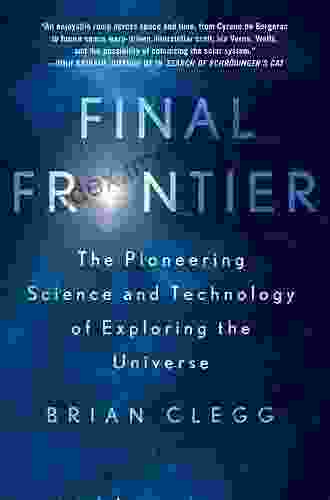The Pioneering Science and Technology of Exploring the Universe

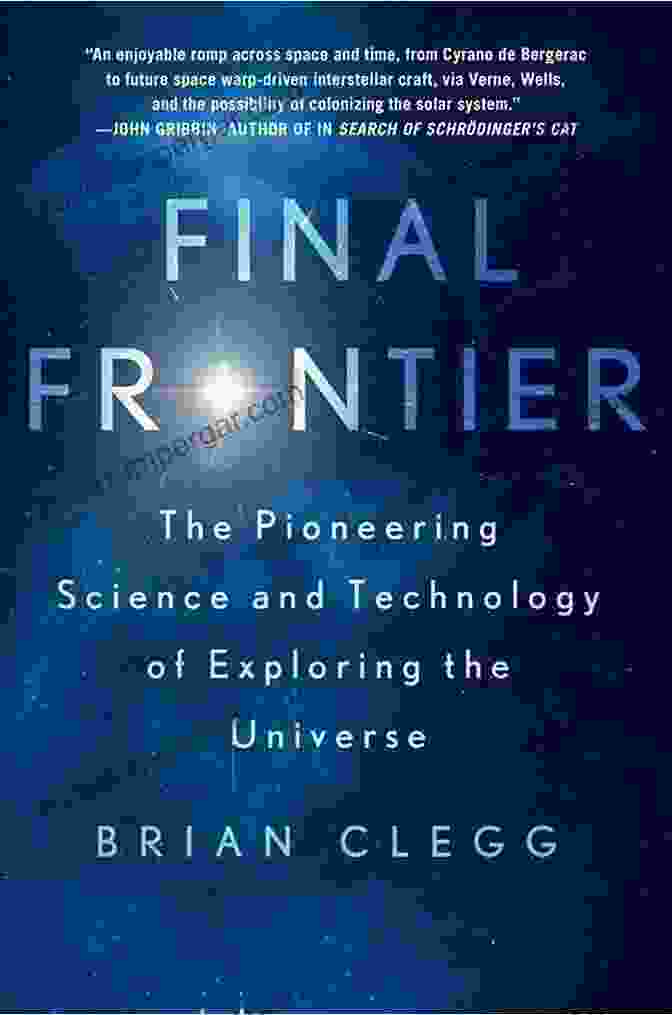
The universe is vast, mysterious, and endlessly fascinating. Humans have always looked up at the stars and wondered what lies beyond our world. Today, we have the technology to explore the universe like never before, and we are discovering new and amazing things every day.
4.1 out of 5
| Language | : | English |
| File size | : | 718 KB |
| Text-to-Speech | : | Enabled |
| Screen Reader | : | Supported |
| Enhanced typesetting | : | Enabled |
| Word Wise | : | Enabled |
| Print length | : | 304 pages |
In this book, we will take you on a journey through the history of space exploration, from the early days of astronomy to the latest missions to Mars and beyond. We will explore the science and technology that makes space exploration possible, and we will meet the pioneers who have pushed the boundaries of human knowledge.
Along the way, we will learn about:
- The telescopes that have allowed us to see the deepest reaches of space
- The spacecraft that have carried us to other planets and moons
- The satellites that orbit Earth and provide us with vital information about our planet
- The scientists and engineers who have made space exploration possible
Whether you are a seasoned space enthusiast or just beginning to learn about the wonders of the universe, this book is for you. Join us on an incredible journey of discovery as we explore the pioneering science and technology of exploring the universe!
The Early Days of Astronomy
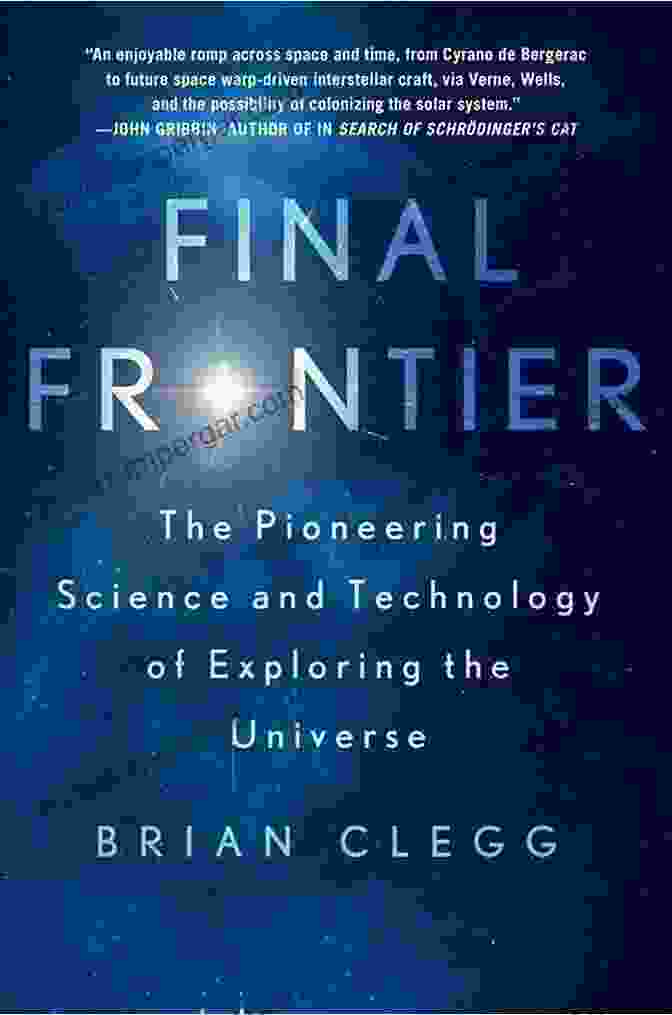
The history of astronomy dates back to the earliest civilizations. The ancient Egyptians, Greeks, and Babylonians all made significant contributions to our understanding of the night sky. However, it was not until the 16th century that Nicolaus Copernicus proposed that the Earth revolves around the Sun, rather than the other way around.
Copernicus's theory was a major breakthrough in astronomy, but it was not widely accepted until the 17th century, when Galileo Galilei used a telescope to observe the moons of Jupiter. Galileo's observations provided strong evidence for Copernicus's theory, and they helped to establish the heliocentric model of the solar system.
The Invention of the Telescope
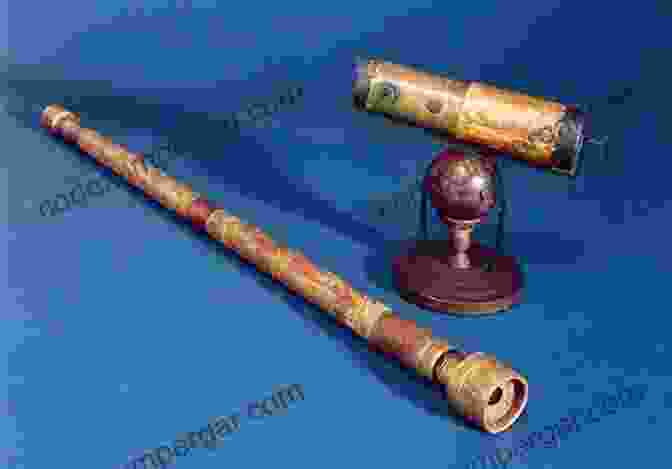
The telescope was invented in the Netherlands in the 16th century. Early telescopes were simple devices, but they allowed astronomers to see objects in the night sky that were previously invisible. Galileo was one of the first astronomers to use a telescope to study the heavens, and he made many important discoveries, including the moons of Jupiter and the phases of Venus.
The invention of the telescope revolutionized astronomy. It allowed astronomers to see far into space, and it led to the discovery of many new planets, moons, and stars. The telescope also helped to confirm Copernicus's theory of heliocentricity.
The Space Race
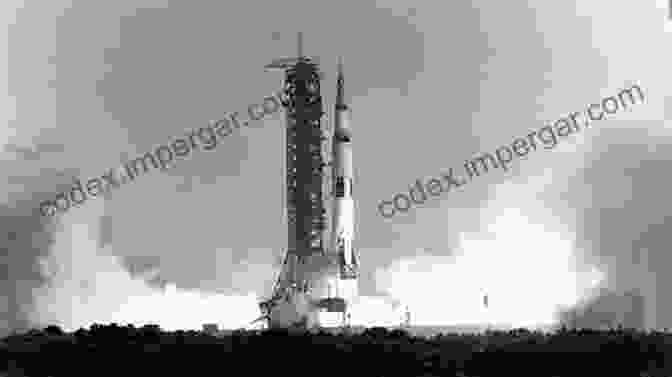
The space race was a competition between the United States and the Soviet Union to see who could achieve the most in space exploration. The space race began in 1955, when the Soviet Union launched Sputnik, the first artificial satellite to orbit Earth. The United States responded by launching its own satellite, Explorer 1, in 1958.
The space race led to a number of important technological developments, including the development of rockets, satellites, and spacecraft. It also led to a number of historic milestones, including the first human spaceflight (Yuri Gagarin, 1961),the first moon landing (Neil Armstrong and Buzz Aldrin, 1969),and the first space station (Salyut 1, 1971).
The Hubble Space Telescope
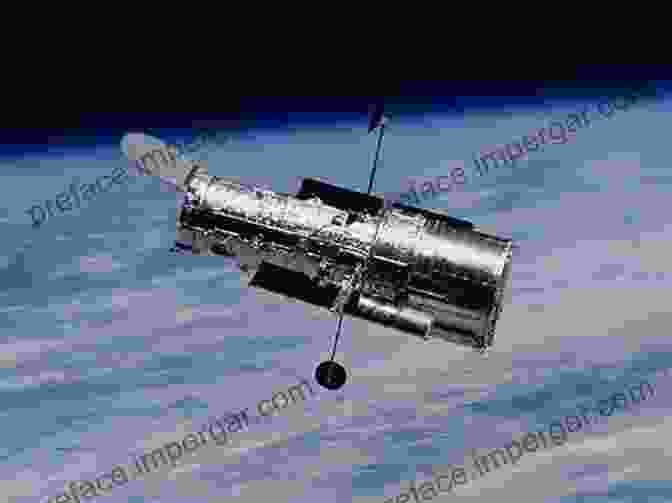
The Hubble Space Telescope (HST) is a space telescope that was launched into orbit in 1990. HST is one of the most important scientific instruments ever built, and it has revolutionized our understanding of the universe. HST has made it possible to observe objects in space with unprecedented clarity, and it has led to a number of important discoveries, including the discovery of dark energy and the first exoplanets.
HST is scheduled to be replaced by the James Webb Space Telescope (JWST) in 2022. JWST is a more powerful telescope than HST, and it will be able to observe objects in space with even greater clarity. JWST is expected to make a number of important scientific discoveries, and it is likely to revolutionize our understanding of the universe.
The Future of Space Exploration
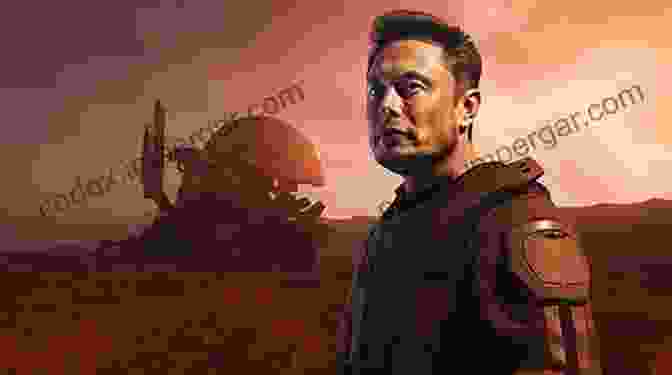
The future of space exploration is bright. We are developing new technologies that will allow us to travel farther into space, and we are discovering new planets and moons that may be habitable. We are also developing new ways to use space resources, such as mining asteroids and using solar energy.
Elon Musk, the founder of SpaceX, has proposed a plan to send humans to Mars by 2026. Musk's plan is ambitious, but it is possible that we will see humans on Mars within the next few decades.
The future of space exploration is full of possibilities. We are on the cusp of a new era of space exploration, and we are limited only by our imagination.
The
4.1 out of 5
| Language | : | English |
| File size | : | 718 KB |
| Text-to-Speech | : | Enabled |
| Screen Reader | : | Supported |
| Enhanced typesetting | : | Enabled |
| Word Wise | : | Enabled |
| Print length | : | 304 pages |
Do you want to contribute by writing guest posts on this blog?
Please contact us and send us a resume of previous articles that you have written.
 Book
Book Novel
Novel Page
Page Chapter
Chapter Text
Text Story
Story Genre
Genre Reader
Reader Library
Library Paperback
Paperback E-book
E-book Magazine
Magazine Newspaper
Newspaper Paragraph
Paragraph Sentence
Sentence Bookmark
Bookmark Shelf
Shelf Glossary
Glossary Bibliography
Bibliography Foreword
Foreword Preface
Preface Synopsis
Synopsis Annotation
Annotation Footnote
Footnote Manuscript
Manuscript Scroll
Scroll Codex
Codex Tome
Tome Bestseller
Bestseller Classics
Classics Library card
Library card Narrative
Narrative Biography
Biography Autobiography
Autobiography Memoir
Memoir Reference
Reference Encyclopedia
Encyclopedia Rene Germain
Rene Germain Phoebe Goodell Judson
Phoebe Goodell Judson Bruce Aitken
Bruce Aitken Hereward Senior
Hereward Senior Brooke Mcglothlin
Brooke Mcglothlin Leon F Litwack
Leon F Litwack Sean Michael Flynn
Sean Michael Flynn Ewa Joanna Galewska
Ewa Joanna Galewska Brenda Andino
Brenda Andino Hassane Benziane
Hassane Benziane Elisa Sofo
Elisa Sofo Brian Francis Culkin
Brian Francis Culkin Vicky Oliver
Vicky Oliver C G Weber M D
C G Weber M D Bob Harris
Bob Harris Ryan Shannon
Ryan Shannon Leslie Marsh
Leslie Marsh Tracy Crossley
Tracy Crossley Bridget Birdsall
Bridget Birdsall Ran Abramitzky
Ran Abramitzky
Light bulbAdvertise smarter! Our strategic ad space ensures maximum exposure. Reserve your spot today!

 Christopher WoodsDelve into the Enigmatic World of "The Great Impersonation Illustrated" by...
Christopher WoodsDelve into the Enigmatic World of "The Great Impersonation Illustrated" by...
 Quentin PowellAnonymous Soldiers: Illuminating the Unsung Heroes of Israel's Formative...
Quentin PowellAnonymous Soldiers: Illuminating the Unsung Heroes of Israel's Formative...
 Isaac AsimovUnveiling the Hidden Realities: Exploring Power and Control in the Imperial...
Isaac AsimovUnveiling the Hidden Realities: Exploring Power and Control in the Imperial... Andy HayesFollow ·4k
Andy HayesFollow ·4k Timothy WardFollow ·8.9k
Timothy WardFollow ·8.9k Brayden ReedFollow ·9.8k
Brayden ReedFollow ·9.8k Banana YoshimotoFollow ·8.7k
Banana YoshimotoFollow ·8.7k Curtis StewartFollow ·10.4k
Curtis StewartFollow ·10.4k Yasushi InoueFollow ·2.4k
Yasushi InoueFollow ·2.4k Leo TolstoyFollow ·15.1k
Leo TolstoyFollow ·15.1k Alfred RossFollow ·8.2k
Alfred RossFollow ·8.2k
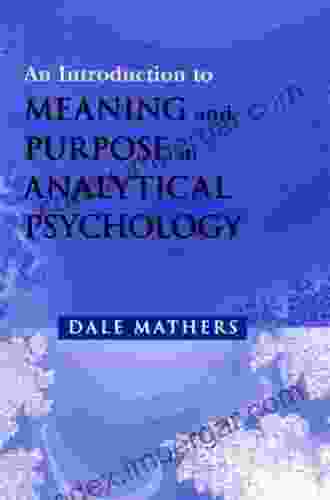
 Gary Cox
Gary CoxUnlocking Meaning and Purpose in Life: An Exploration of...
In an increasingly...

 Eric Hayes
Eric HayesMemoirs of the Early Pioneer Settlers of Ohio Illustrated
A Window into the Lives of Courageous...
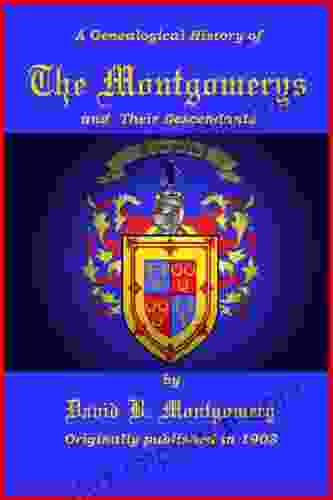
 J.R.R. Tolkien
J.R.R. TolkienThe Montgomerys and Their Descendants: A Saga of Courage,...
Prepare to be...

 Avery Simmons
Avery SimmonsThe Rifle Musket: The Dawn of Modern Infantry Warfare
: The rifle musket, a revolutionary...

 Jesse Bell
Jesse BellUnlock the Power of Excel with VBA and Macros: A...
Microsoft Excel is a powerful spreadsheet...
4.1 out of 5
| Language | : | English |
| File size | : | 718 KB |
| Text-to-Speech | : | Enabled |
| Screen Reader | : | Supported |
| Enhanced typesetting | : | Enabled |
| Word Wise | : | Enabled |
| Print length | : | 304 pages |


